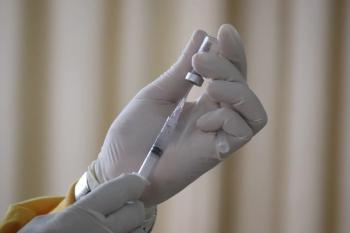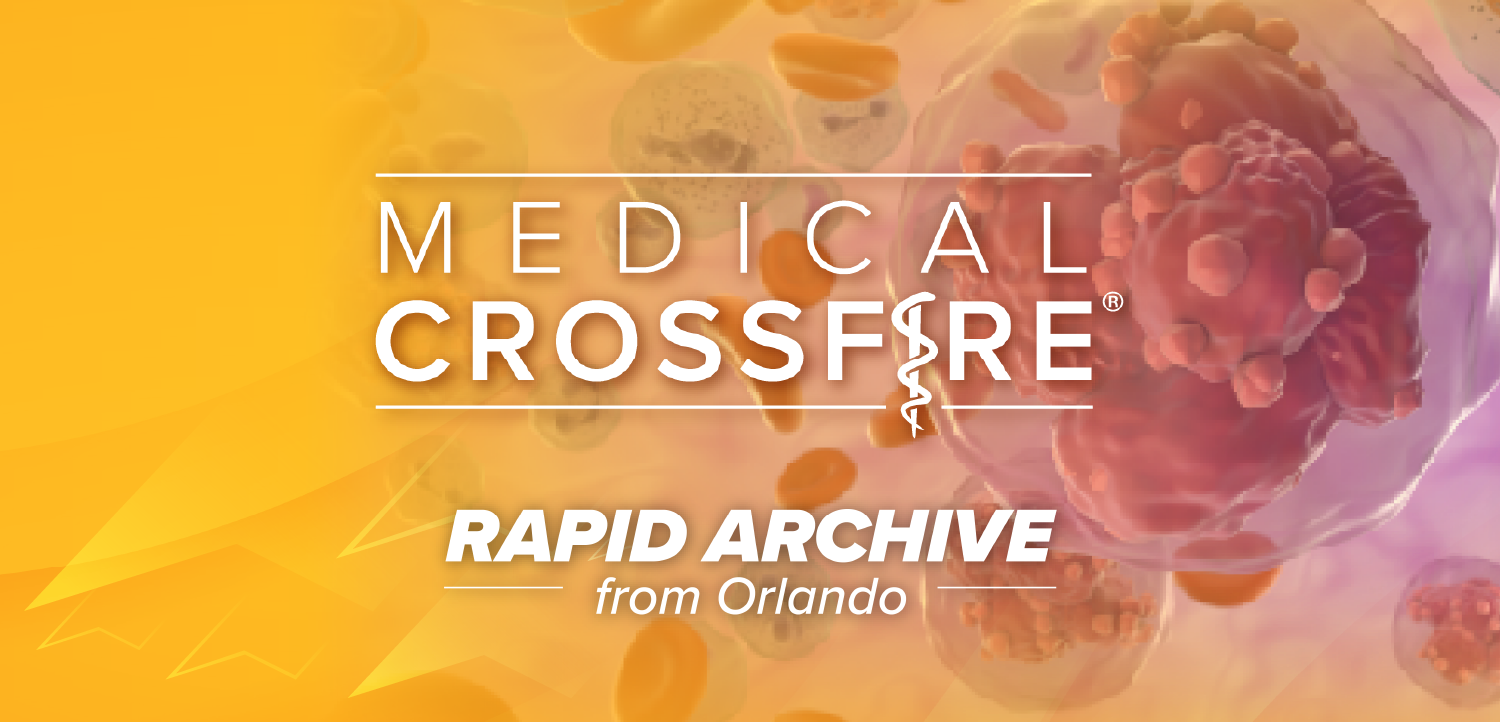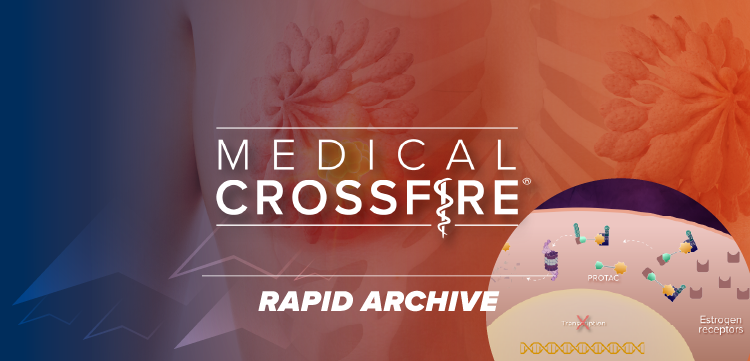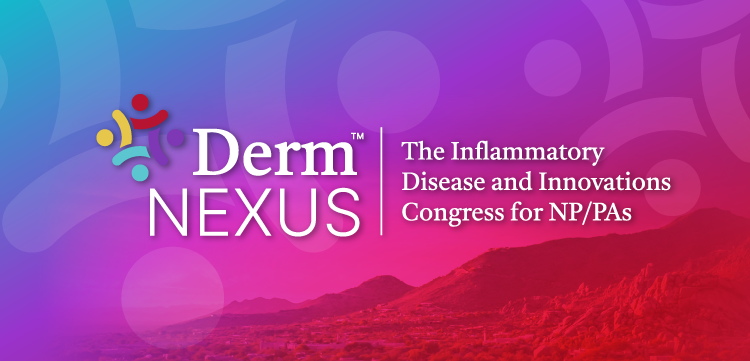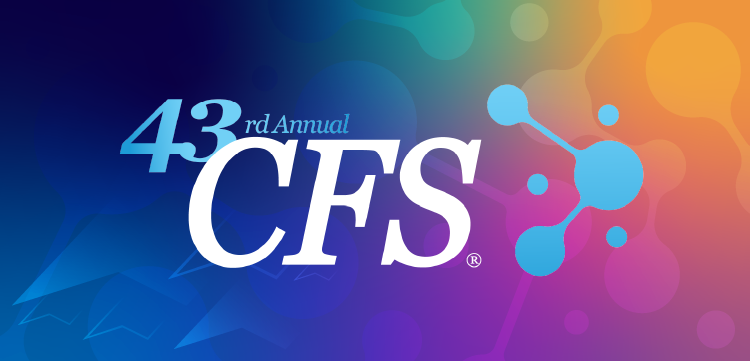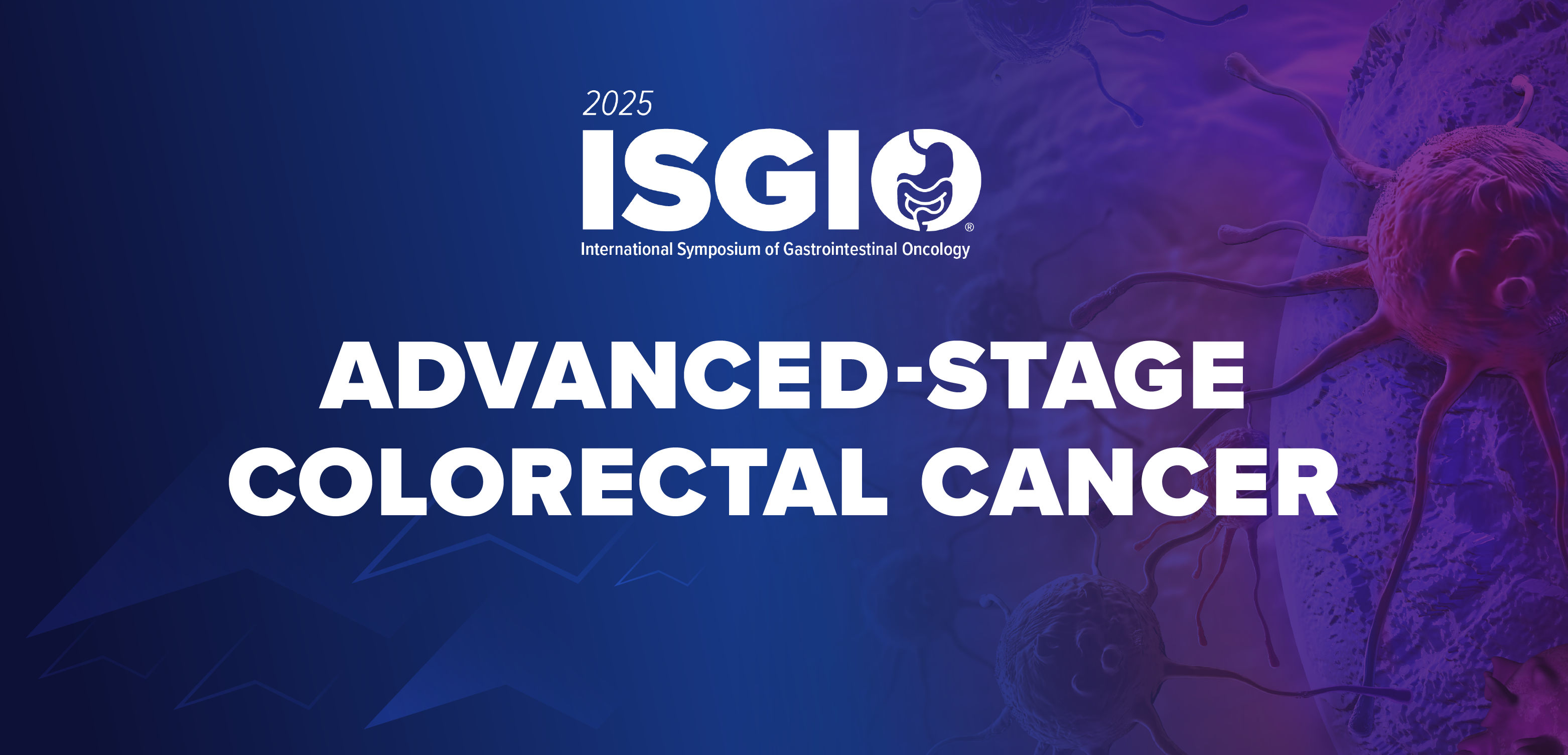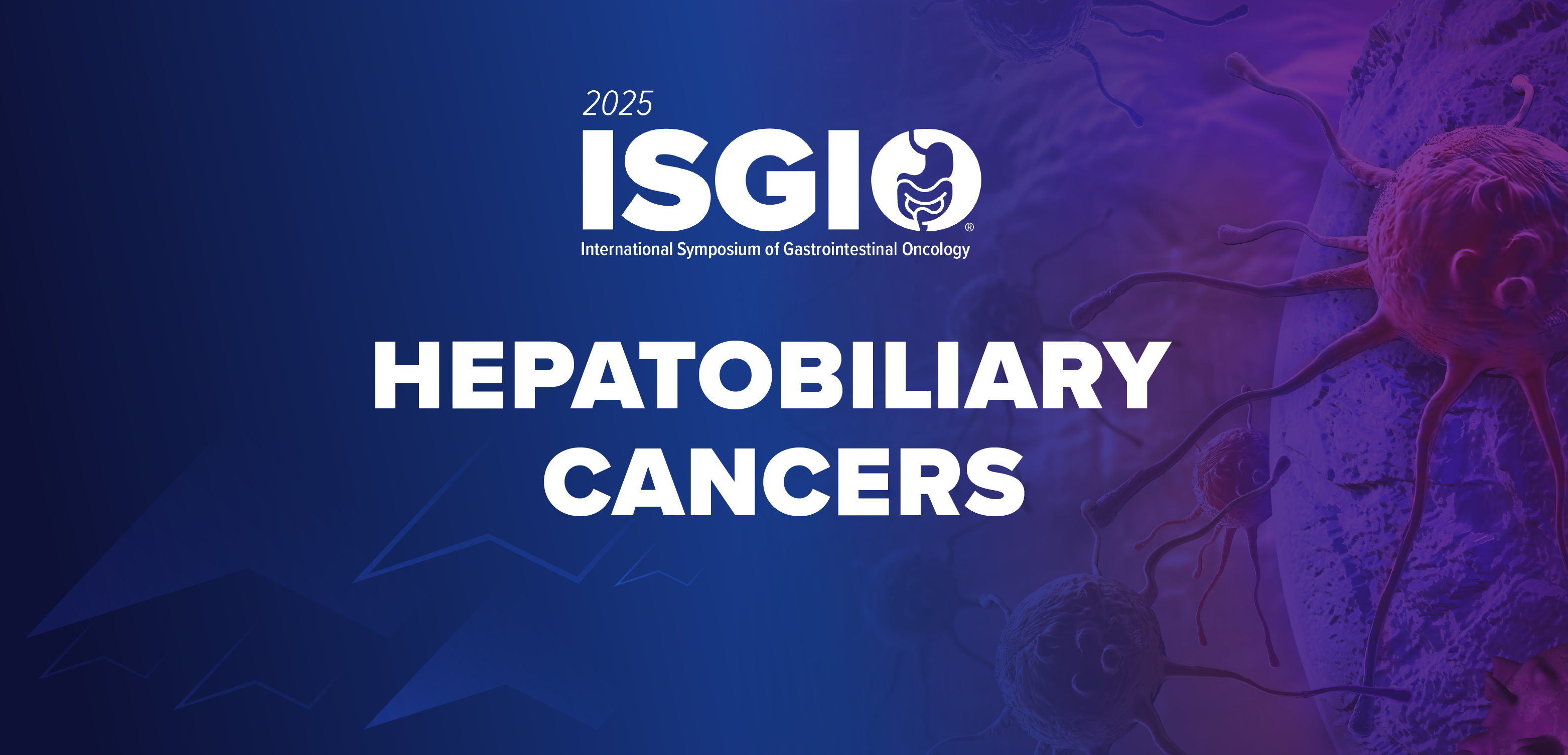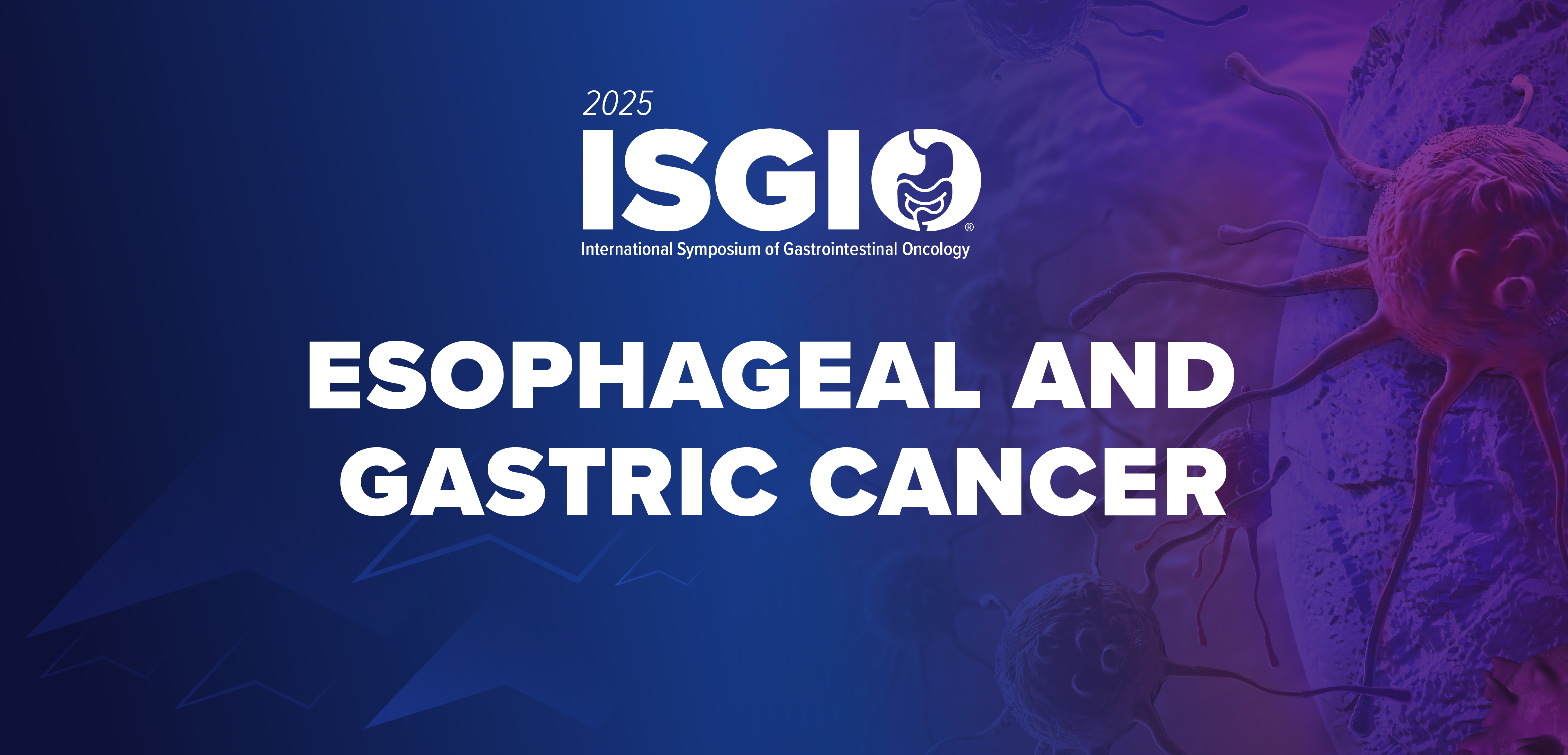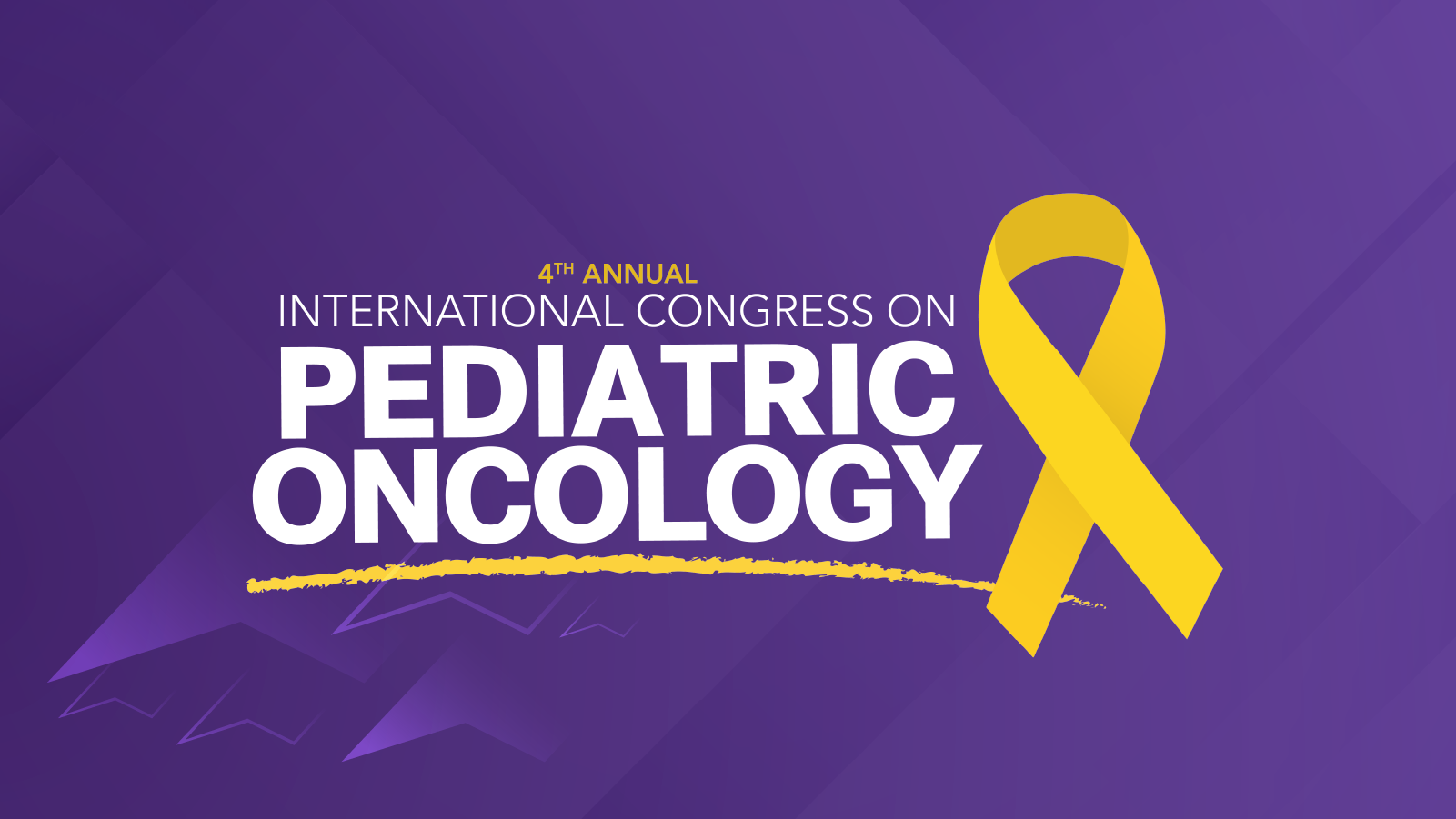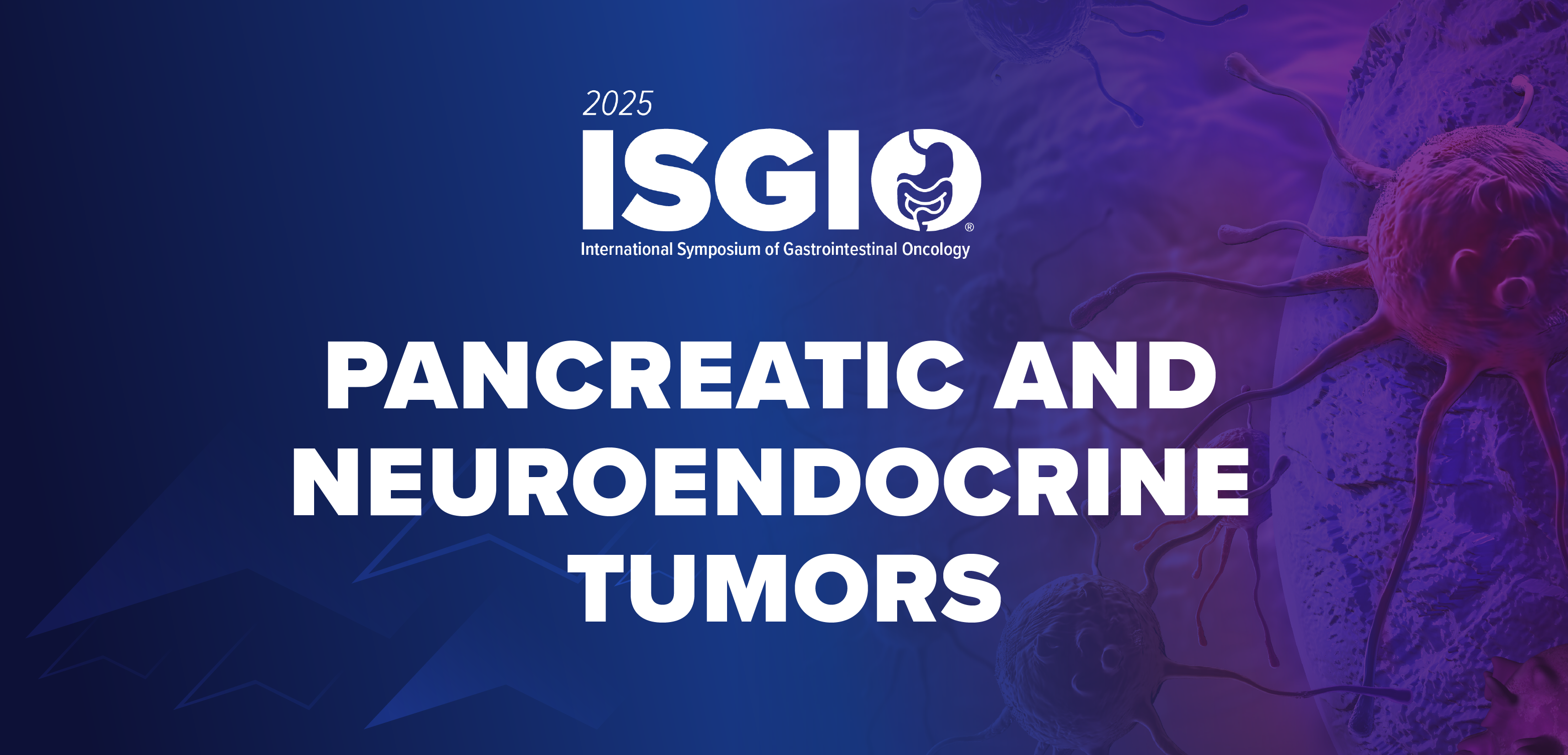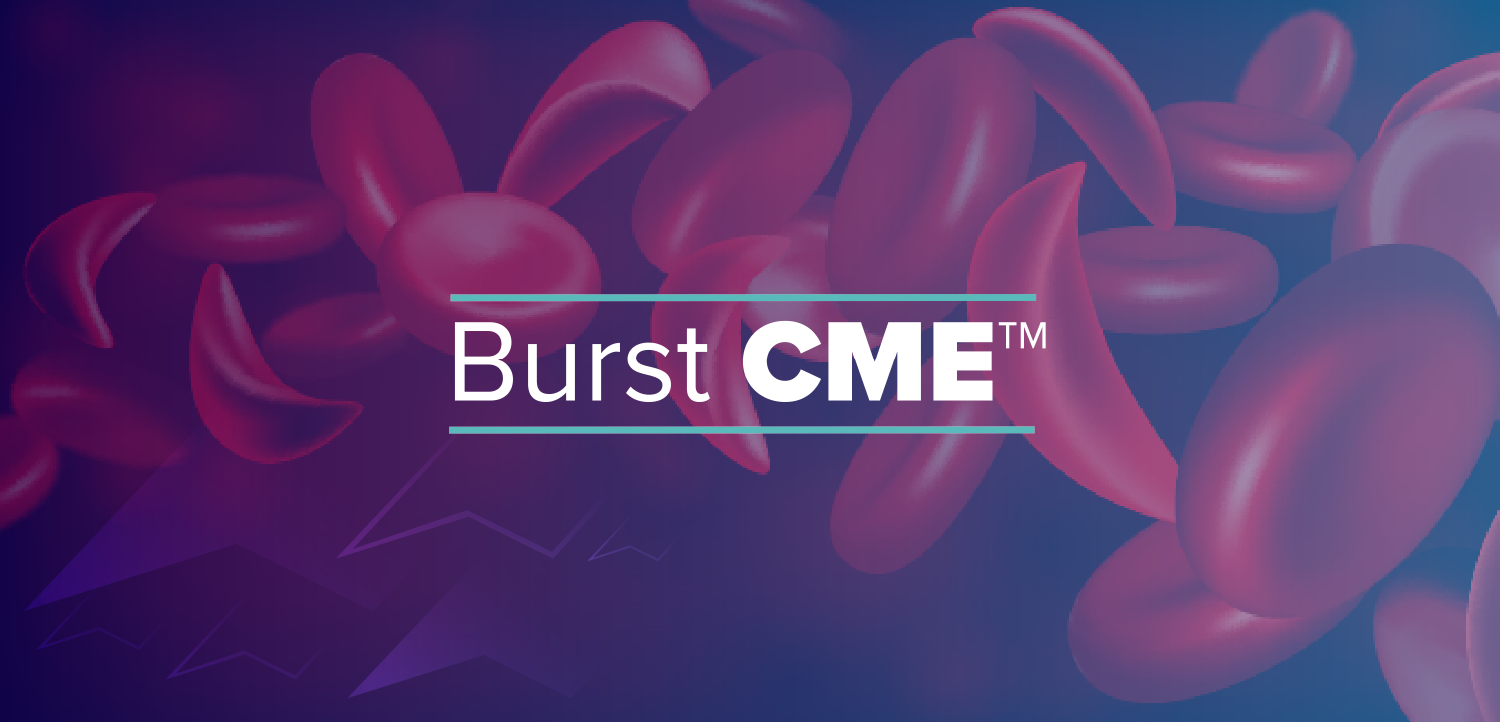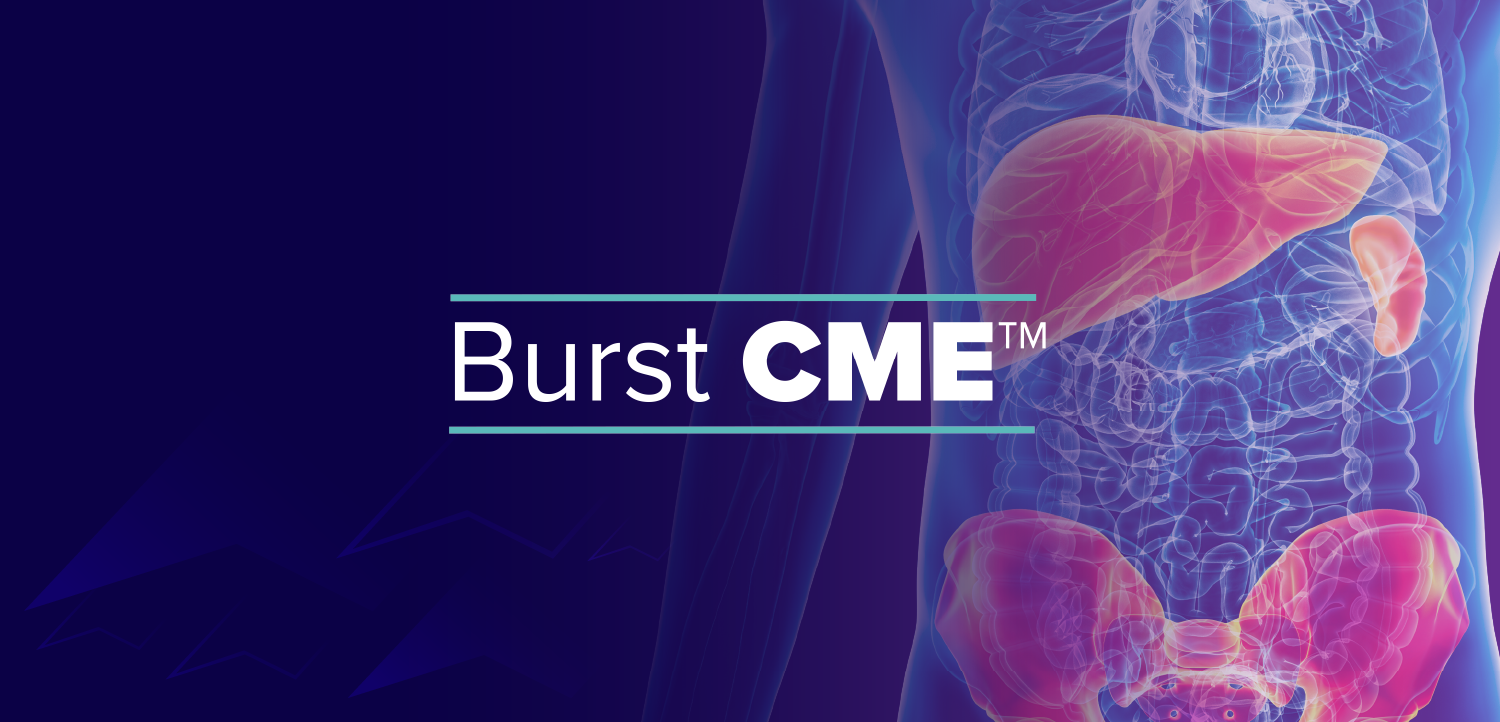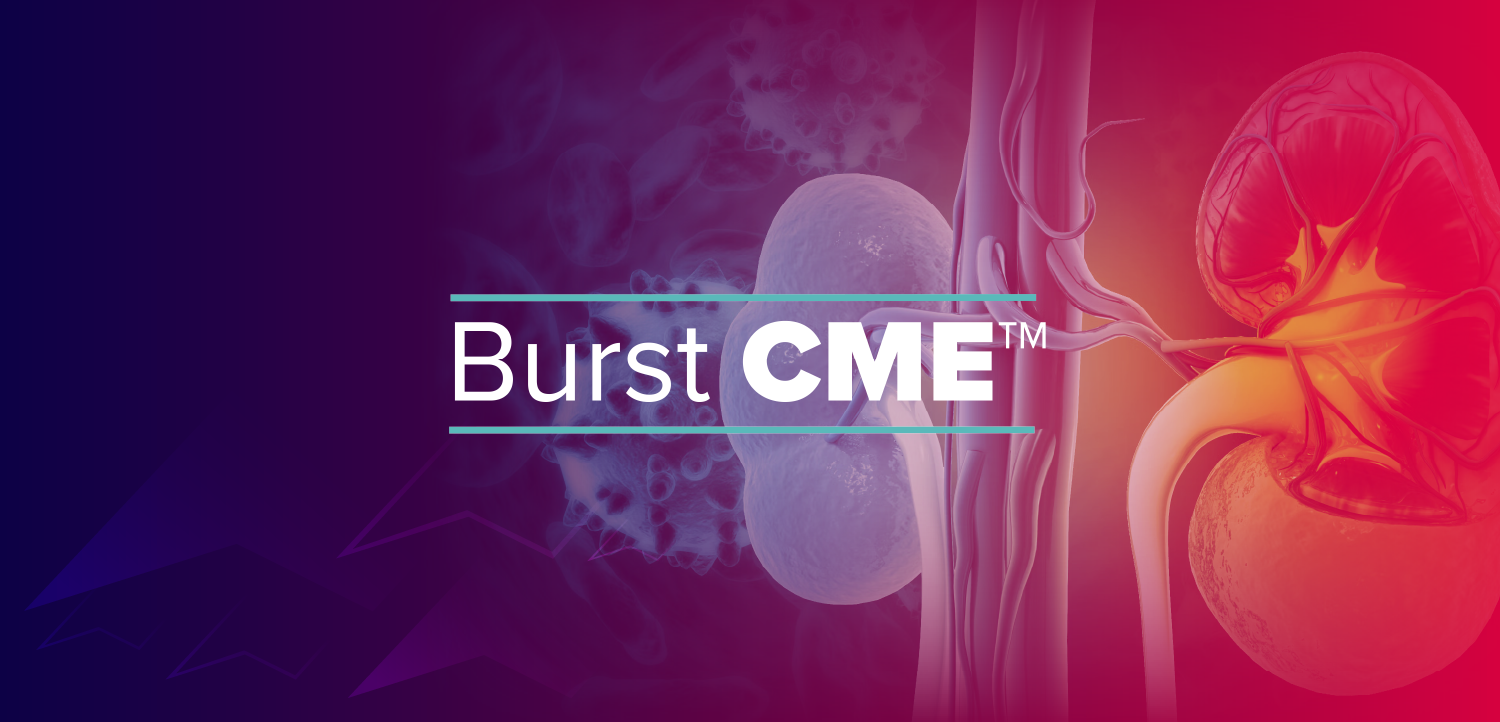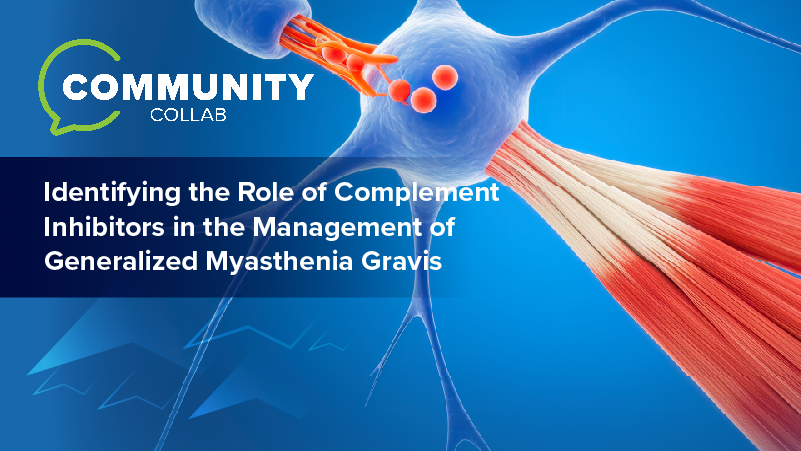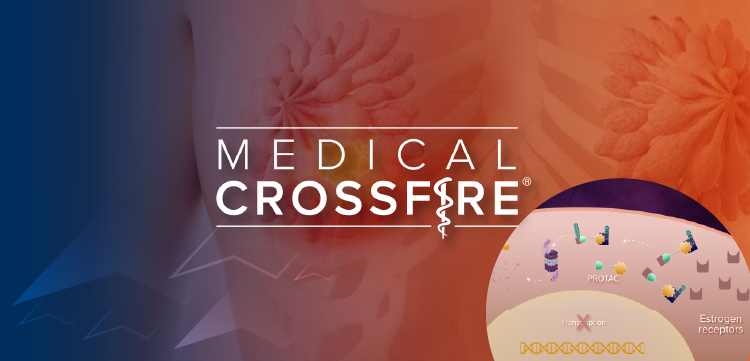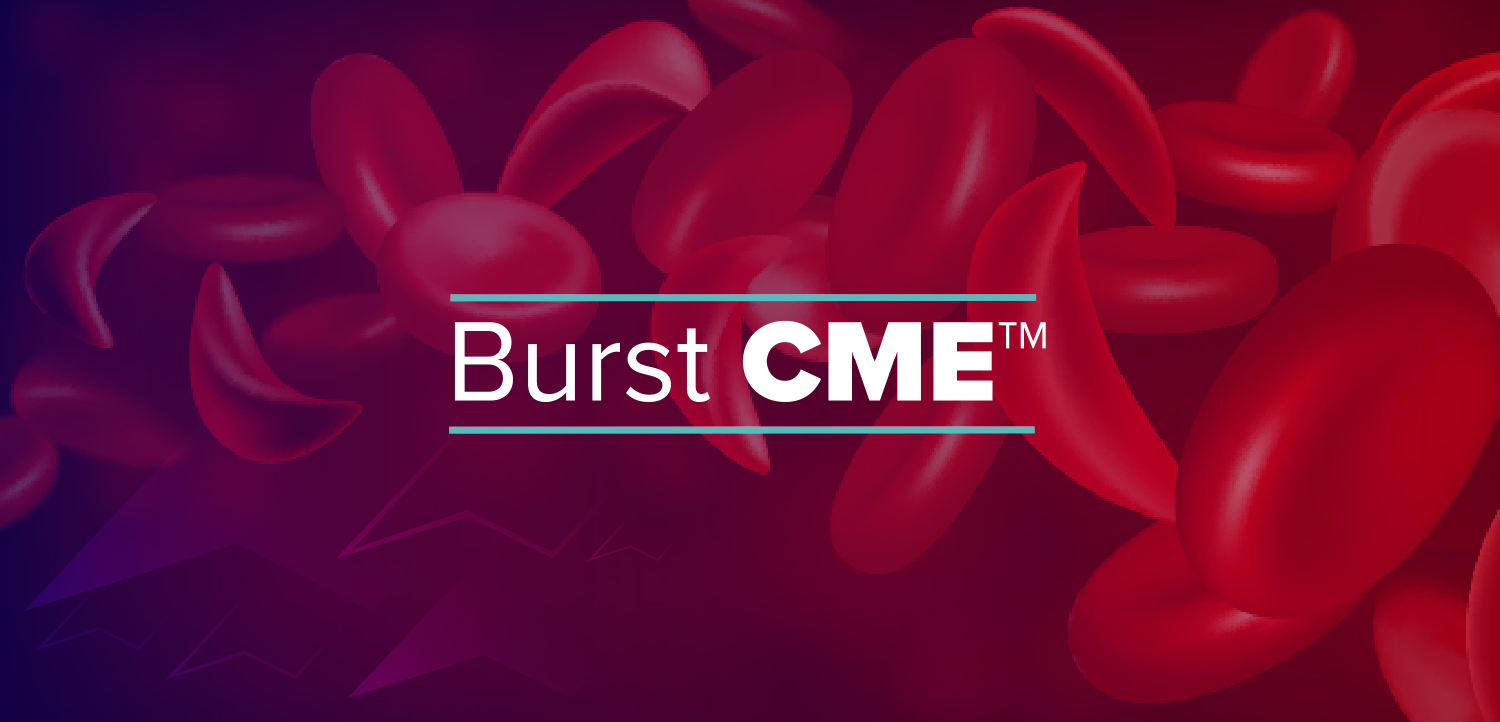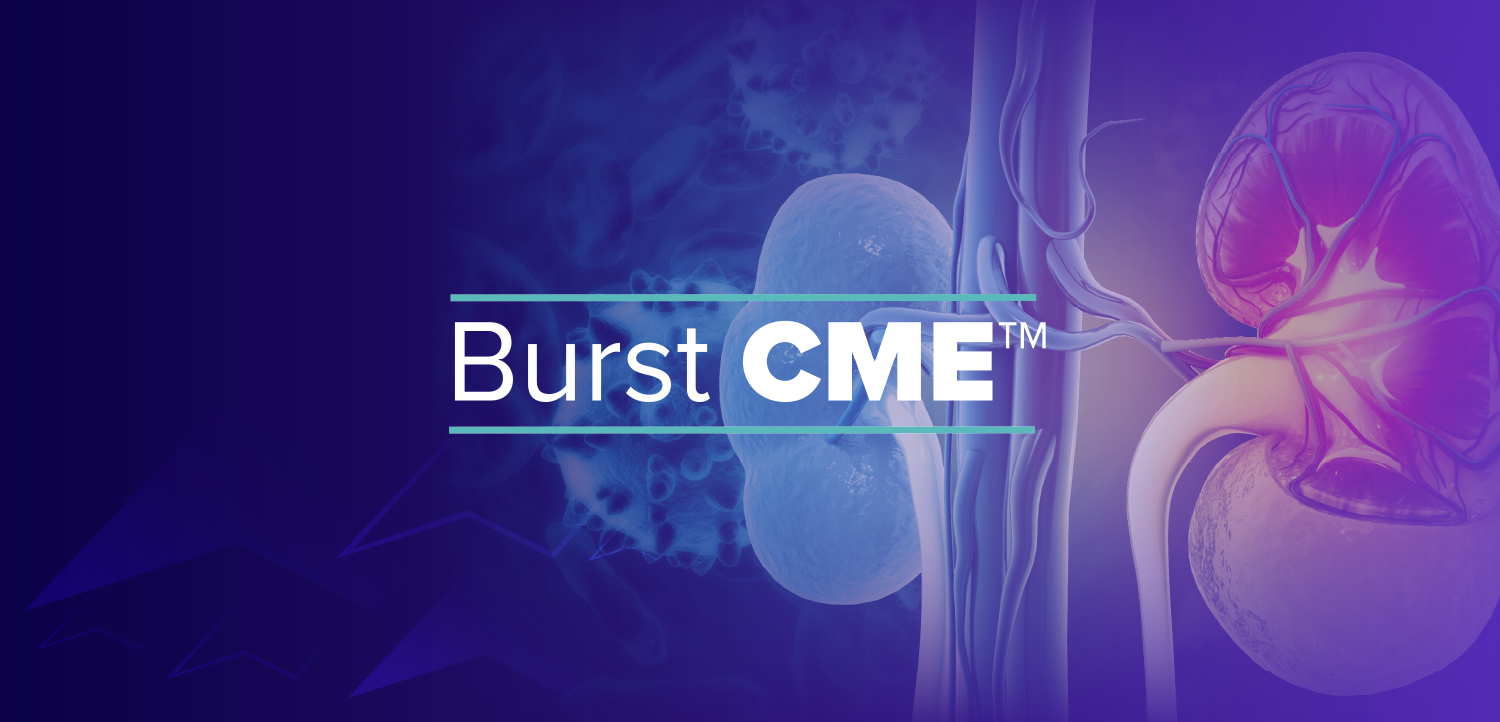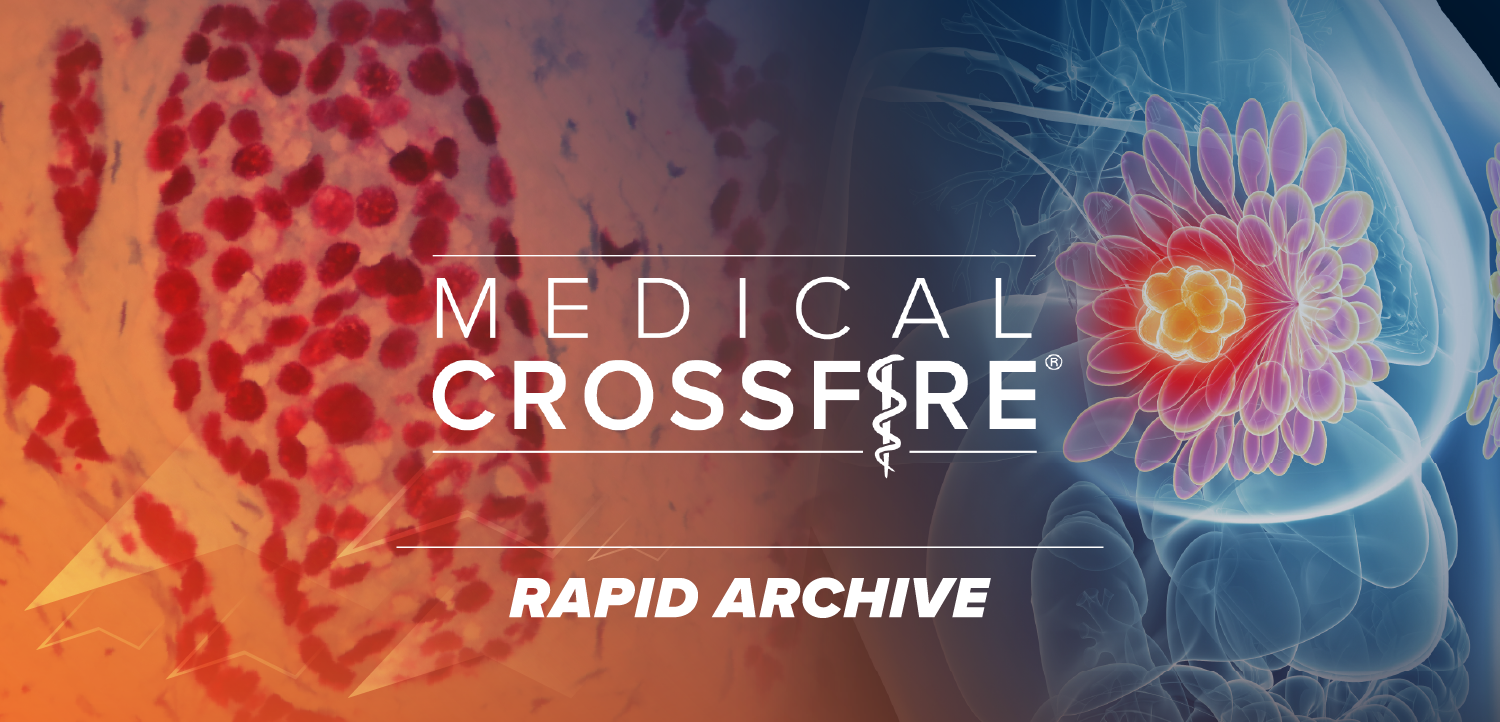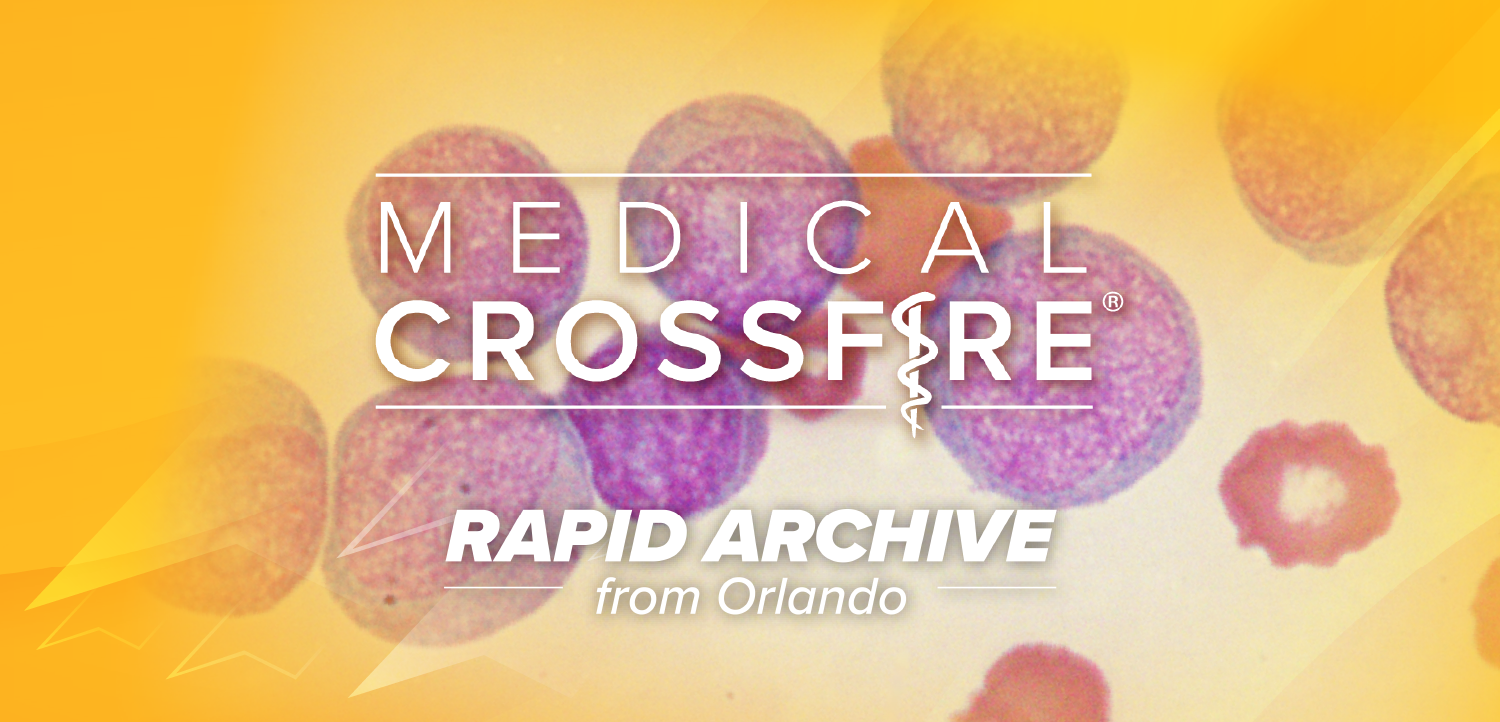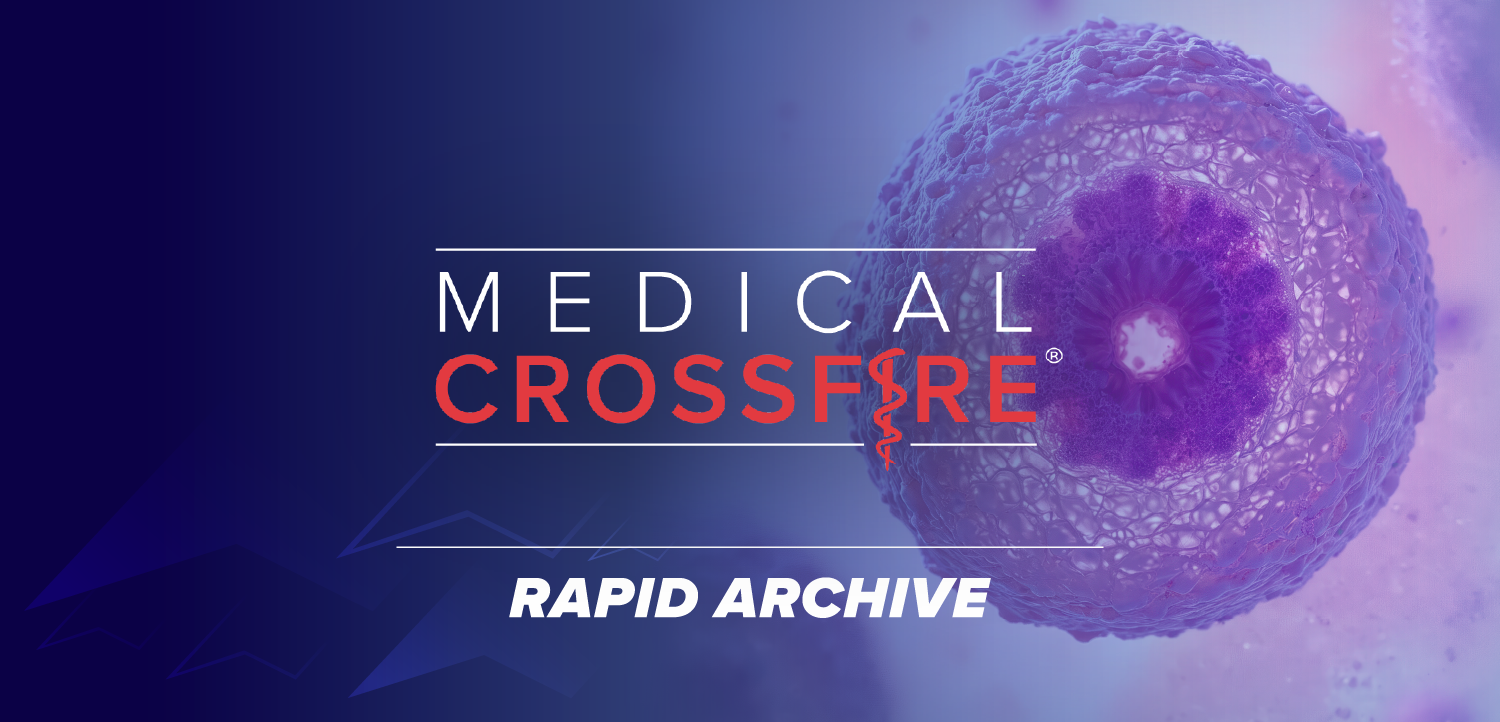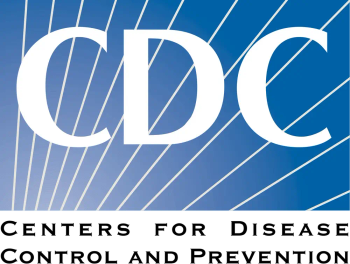
- Contagion, Summer 2025 Digital Edition
- Volume 10
- Issue 2
The Escalating Challenges of Gram-Resistant Organisms: The Role of Cefiderocol
Clinical trial and real-world data, including the PROVE study, support its role as an effective and carbapenem-sparing therapy for serious infections, though outcomes vary depending on pathogen and infection type.
The rapid spread of multidrug-resistant gram negative bacilli (MDR-GNB), defined as gram-negative bacteria with nonsusceptibility to at least 1 agent in 3 or more antimicrobial categories, is a significant challenge worldwide.1 Historically, these organisms have long been endemic to Asia and Europe, but their growing prevalence in the US is a cause for concern. Of specific importance is the rise of carbapenem-resistant Enterobacterales (CRE), carbapenem-resistant Acinetobacter baumannii (CRAB), and MDR Pseudomonas aeruginosa, all of which pose substantial therapeutic challenges with limited treatment options.
The COVID-19 pandemic further exacerbated the problem, disrupting antimicrobial stewardship efforts and reversing prior progress made in combating the spread of MDR-GNB in US hospitals and long-term care facilities.2 Traditional therapies for these MDR-GNB have included nephrotoxic agents such as polymyxins (eg, colistin) and aminoglycosides along with tigecycline and in some cases, high-dose or extended infusion carbapenems in combination with these agents. In 2019, cefiderocol (Fetroja; Shionogi) received US Food and Drug Administration (FDA) approval as a novel treatment option for MDR-GNB infections.3 With a mechanism of action as a siderophore cephalosporin, its pharmacology mimics bacterial siderophores (molecules used by bacteria to scavenge for iron from their environment).3
Cefiderocol binds to iron and is actively transported into bacterial cells via iron transport channels, allowing it to bypass traditional resistance pathways such as efflux pumps and porin mutations. Once in the periplasmic space, it inhibits penicillin-binding proteins, disrupting peptidoglycan wall synthesis and ultimately leading to cell death. Cefiderocol is stable against hydrolysis by serine and metallo–β-lactamases, including carbapenemases. Importantly, this pharmacology makes it a crucial new option for CREs but also for nonfermenting GNB, including CRAB, MDR Pseudomonas, and Stenotrophomonas spp. Cefiderocol initially received FDA approval for the treatment of complicated urinary tract infections (cUTIs).4 This approval later expanded to include hospital-acquired pneumonia and ventilator-associated pneumonia.5,6 In this context, Clancy and colleagues conducted the PROVE retrospective cohort study to evaluate the real world safety and effectiveness of cefiderocol in patients with serious GNB infections.7 Here, we summarize the trial data supporting cefiderocol approval and review how the findings from the PROVE study add and grow those data to clinical practice.
Overview of Gram-Negative Susceptibility Data
Recent surveillance data for 2022-2023 from the global SENTRY Antimicrobial Surveillance Program was presented by JMI Laboratories at IDWeek 2024 in Los Angeles, California.8 Including 15,147 isolates from 35 institutions across 9 census regions, unique isolates from each patient were tested. Matrix-assisted laser desorption/ ionization time of flight (MALDI-TOF) identified isolates that were susceptibility tested against cefiderocol, imipenemrelebactam, meropenem-vaborbactam, ceftazidime-avibactam, meropenem, and colistin. The isolates were broken into various subsets, carbapenemase negative and positive, with the latter being divided into classes A, B, and D (TABLE 18). Cefiderocol demonstrated consistent activity against positive carbapenemase, most notably against class B isolates. Indeed, it had high activity against almost all strains tested, unlike any other agent tested.8 The same group highlighted that the incidence of these strains had increased over the 2012-2022 period.9
These data support the need for alternative therapies for MDR-GNB infections. The empiric use of carbapenems to treat conditions such as cUTIs, nosocomial pneumonia, and intra-abdominal infections may be contributing to the emergence of carbapenem resistance. Thus, it is important to spare these important antibiotics by appropriate use of cefiderocol.
Initial Clinical Trials of Cefiderocol Leading to the PROVE Study
Key clinical studies shaping the initial approval of cefiderocol include the APEKScUTI, CREDIBLE-CR, and APEKS-NP trials.4-6 The phase 2 APEKS-cUTI study (NCT02321800) was a randomized, doubleblind, noninferiority trial comparing cefiderocol vs imipenem-cilastatin in adults with cUTI with or without pyelonephritis. Cefiderocol demonstrated a higher composite clinical and microbiologic response rate at test of cure than imipenem- cilastatin (73% vs 55%) and comparable safety profile, establishing its noninferiority to imipenem for treatment of cUTI in adults with limited treatment options.4
The phase 3 CREDIBLE-CR study (NCT02714595) an open-label, multicenter, parallel-group, pathogen- focused, descriptive study in 95 hospitals across 16 countries.5 This study compared cefiderocol vs best available therapy (BAT) in patients with severe carbapenem-resistant GNB infections, including cUTI, nosocomial pneumonia, bloodstream infection, or sepsis. The 150 patients were randomly assigned 2:1, with 101 receiving cefiderocol (85 [84%] of those received monotherapy) and 49 receiving BAT (30 [61%] of those received combination therapy). In 118 patients in the carbapenem-resistant microbiological intent-to-treat population with at least 1 carbapenem-resistant pathogen at baseline, the most frequent carbapenem-resistant pathogens were A baumannii (54 patients [46%]), Klebsiella pneumoniae (39 patients [33%]), and P aeruginosa (22 patients [19%]. In patients with nosocomial pneumonia, clinical cure was achieved by 20 of 40 patients (50%; 95% CI, 33.8%-66.2%) in the cefiderocol group and 10 of 19 (53%; 95% CI, 28.9%-75.6%) in the BAT group.
For patients with bloodstream infection or sepsis, clinical cure was achieved by 10 of 23 patients (43%; 95% CI, 23.2%-65.5%) in the cefiderocol group and 6 of 14 (43%, 95% CI, 17.7%-71.1%) in the BAT group. Notably, 34 of 101 patients (34%) receiving cefiderocol and 9 of 49 (18%) patients receiving best available therapy died by the end of the study. Lastly, the phase 3 APEKS-NP trial (NCT03032380) was a randomized, doubleblind, noninferiority study comparing cefiderocol vs high-dose, extended infusion meropenem in adults with nosocomial pneumonia due to GNB.6 The trial enrolled 292 patients across 17 countries. Cefiderocol was noninferior to meropenem for all-cause mortality at day 14 (12.4% vs 11.6%, P = .002 for noninferiority) with a similar adverse event profile. Patients enrolled in the APEKS-NP trial exhibited a higher baseline severity of illness than those in the CREDIBLE-CR trial. At randomization, 68% of APEKS-NP participants were in the intensive care unit (ICU), 60% required mechanical ventilation, and 49% had an APACHE II score of 16 or higher.6 In contrast, CREDIBLE-CR included more diverse populations with various infection caused by carbapenem-resistant GNB, including nosocomial pneumonia. However, the proportion of patients with high APACHE II scores, ICU admission, or mechanical ventilation at baseline was lower than in APEKS-NP.5,6
A particularly notable finding was the 34% all-cause mortality in the cefiderocol arm of CREDIBLE-CR, which was unexpectedly higher than the 18% all-cause mortality observed in the BAT arm.5 This was also higher than the 14-day all-cause mortality of 12.4% among pneumonia patients treated with cefiderocol in APEKS-NP, despite their seemingly greater baseline severity.6 Importantly, A baumannii infections were more prevalent in CREDIBLE-CR, with 54 patients (46%) affected, compared with only 47 patients (16%) in APEKS-NP.5,6 The excess mortality rate in CREDIBLE-CR was primarily observed among patients with Acinetobacter spp infections, although the exact cause of the increased mortality rate remains unclear. Some deaths were attributed to treatment failure, but no definitive explanation was established. In this context, the PROVE study aimed to provide a larger real-world study of patients treated with cefiderocol for serious GNB infections.
A Look at the PROVE Study
The PROVE study was conducted in 5 countries (US, France, Germany, Italy, and the United Kingdom) and enrolled 1075 patients with carbapenem-resistant GNB infections.7 Cefiderocol was administered as first-line therapy in 70.3% of cases, with a median treatment length of time of 11 days. The interim analysis presented at IDWeek 20247 included data on 774 enrolled patients with high degrees of clinical illness; 60% required ICU-level care. Nearly half (48%) required support for organ failure, including 42% intubated, 29% on vasopressors, and 4% requiring extracorporeal membrane oxygenation.
The most common source of suspected infection was pneumonia (54% of cases), 35% due to carbapenem-resistant P aeruginosa, and 19.6% due to A baumannii. Overall, these data demonstrated a clinical cure rate of 64% and a response rate of 71.6% by the end of treatment; outcomes varied by type of infection (TABLE 27). In patients with respiratory source of infection, clinical cure and response rates were 58% and 68%, respectively, with a 30-day mortality rate of 31%. Patients with cUTI or bloodstream infections had higher rates of clinical cure and response as well as lower 30-day mortality rates (8.5% and 18.5%, respectively) compared with those with pneumonia. Patients with monomicrobial infections due to A baumannii had higher 30-day mortality than those with monomicrobial P aeruginosa infections (32% vs 22%, respectively). A total of 19 patients had 23 adverse drug reactions (ADRs) or serious ADRs, which led to discontinuation of cefiderocol for 11 events. Only 1 patient experienced a serious ADR of kidney injury (interstitial nephritis; 0.1%).
Conclusion
The PROVE study offers much-needed data on a real-world population of critically ill patients with MDR-GNB infections treated with cefiderocol, often as first line therapy. Notably, the overall 30-day all-cause mortality rate in this high-risk population including mixed sources of infection was 24.3%, which is lower than that seen in the similarly heterogenous CREDIBLE-CR trial (34%). Clancy et al observed that the PROVE trial showed the potential utility of cefiderocol as an initial first-choice agent for multidrug-resistant gram-negative infections. Such prompt empiric evidence will be carbapenem sparing and contribute to earlier clinical response in complex infections that often are due to MDR GNB.
References
1.Magiorakos AP, Srinivasan A, Carey RB, et al. Multidrug-resistant, extensively drug-resistant and pandrug-resistant bacteria: an international expert proposal for interim standard definitions for acquired resistance. Clin Microbiol Infect. 2012;18(3):268-281. doi:10.1111/j.1469-0691.2011.03570.x
2.National Center for Emerging and Zoonotic Infectious Diseases (US). COVID-19: U.S. Impact on Antimicrobial Resistance, Special Report 2022. CDC; 2022. Accessed May 26, 2025. https ://stacks.cdc.gov/view/cdc/119025
3. Parsels KA, Mastro KA, Steele JM, Thomas SJ, Kufel WD. Cefiderocol: a novel siderophore cephalosporin for multidrug-resistant gram-negative bacterial infections. J Antimicrob Chemother. 2021;76(6):1379-1391. doi:10.1093/jac/dkab015
4. Portsmouth S, van Veenhuyzen D, Echols R, et al. Cefiderocol versus imipenem-cilastatin for the treatment of complicated urinary tract infections caused by gram-negative uropathogens: a phase 2, randomized, double-blind, noninferiority trial. Lancet Infect Dis. 2018;18(12):1319-1328. doi:10.1016/S1473-3099(18)30554-1
5. Bassetti M, Echols R, Matsunaga Y, et al. Efficacy and safety of cefiderocol or best available therapy for the treatment of serious infections caused by carbapenem-resistant gram-negative bacteria (CREDIBLE-CR): a randomised, open-label, multicentre, pathogen-focused, descriptive, phase 3 trial. Lancet Infect Dis. 2021;21(2):226-240. doi:10.1016/S1473-3099(20)30796-9
6. Wunderink RG, Matsunaga Y, Ariyasu M, et al. Cefiderocol versus high-dose, extended-infusion meropenem for the treatment of Gram-negative nosocomial pneumonia (APEKS-NP): a randomised, double-blind, phase 3, noninferiority trial. Lancet Infect Dis. 2021;21(2):213-225. doi:10.1016/S1473-3099(20)30731-3
7.Clancy CJ, Cornely OA, Slover CM, et al. Real-world effectiveness and safety of cefiderocol in the treatment of patients with serious Gram-negative bacterial infections: results of the PROVE chart review study. Open Forum Infect Dis. 2025;12(suppl 1):ofae631.1645. doi:10.1093/ofid/ofae631.1645
8. Mendes RE, Hubler C, Beekman D, et al. Activity of cefiderocol against carbapenem non-susceptible Enterobacterales, including molecularly characterized multidrug-resistant clinical isolates, causing infections in United States hospitals (2020–2023). Open Forum Infect Dis. 2025;12(suppl 1): ofae631.1537. doi:10.1093/ofid/ofae631.1537
9. Mendes RE, Maher J, Hubler C, et al. Cefiderocol activity against Pseudomonas aeruginosa, including resistant subsets and isolates carrying carbapenemase β-lactamase genes, from United States hospitals (2020–2023). Open Forum Infect Dis. 2025;12(suppl 1):ofae631.1538. doi:10.1093/ofid/ofae631.1538
Articles in this issue
5 months ago
Measles 2025: Looking Back and Moving Forward6 months ago
Contagion Summer 2025 Digital EditionNewsletter
Stay ahead of emerging infectious disease threats with expert insights and breaking research. Subscribe now to get updates delivered straight to your inbox.




